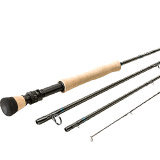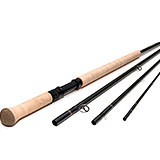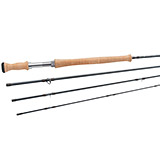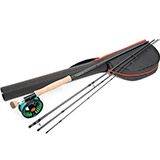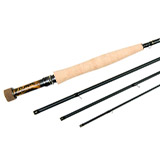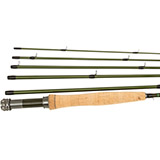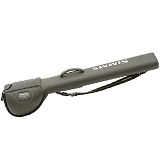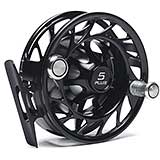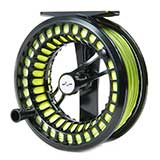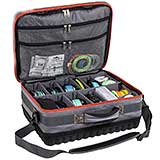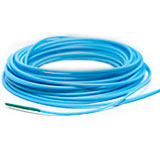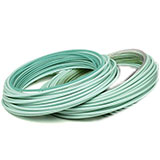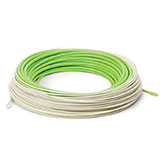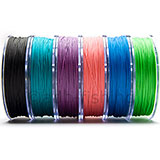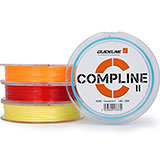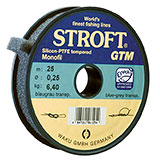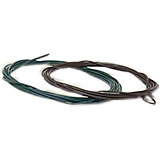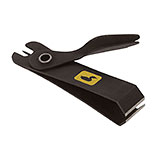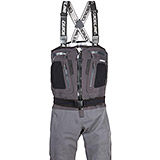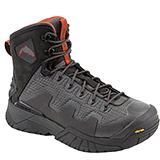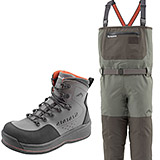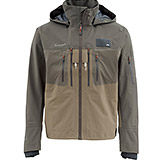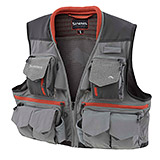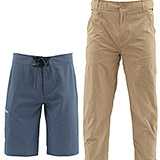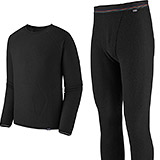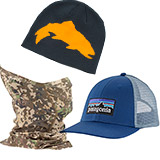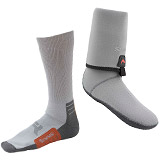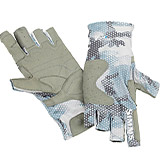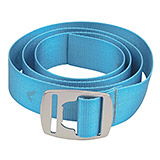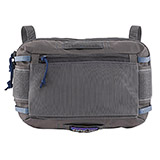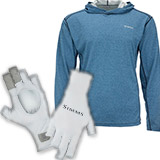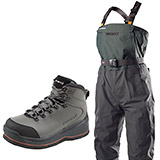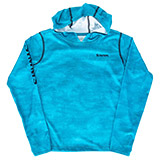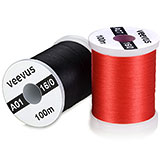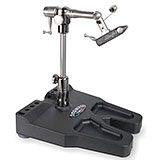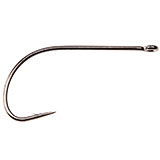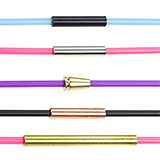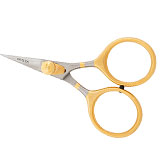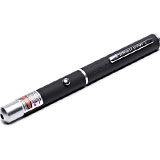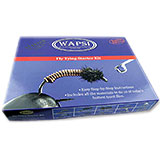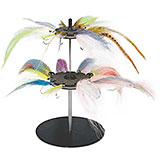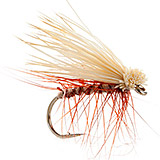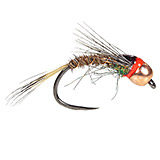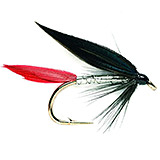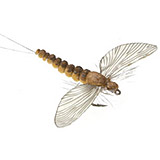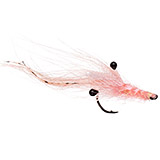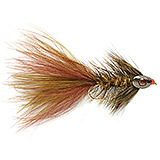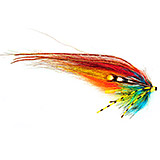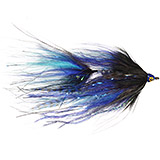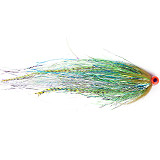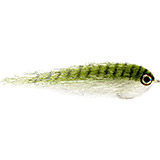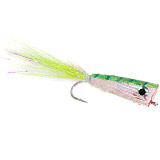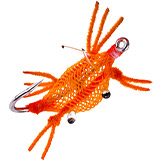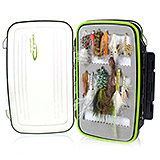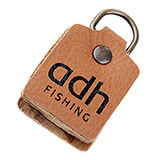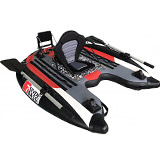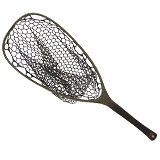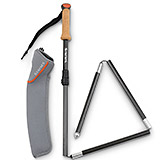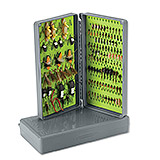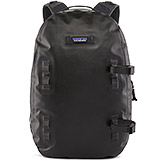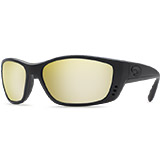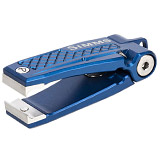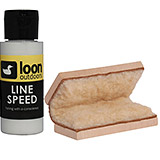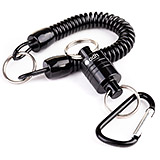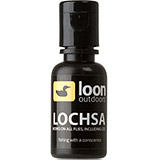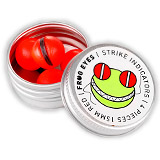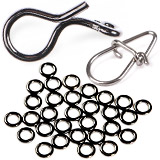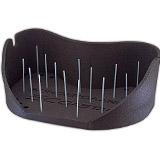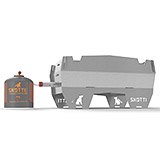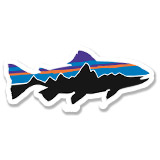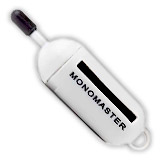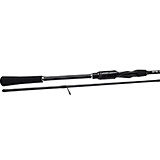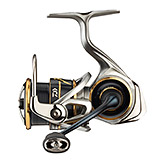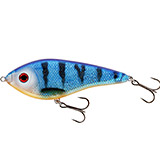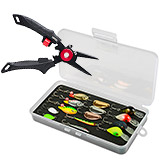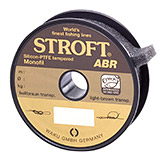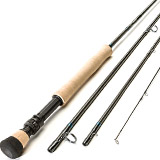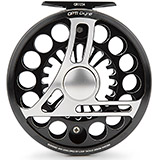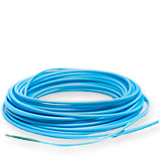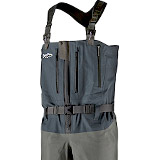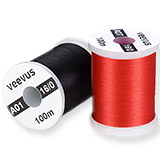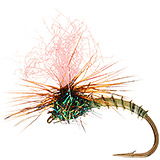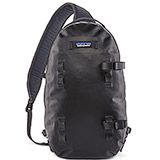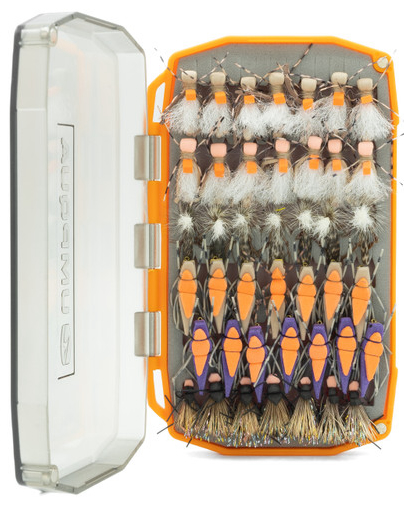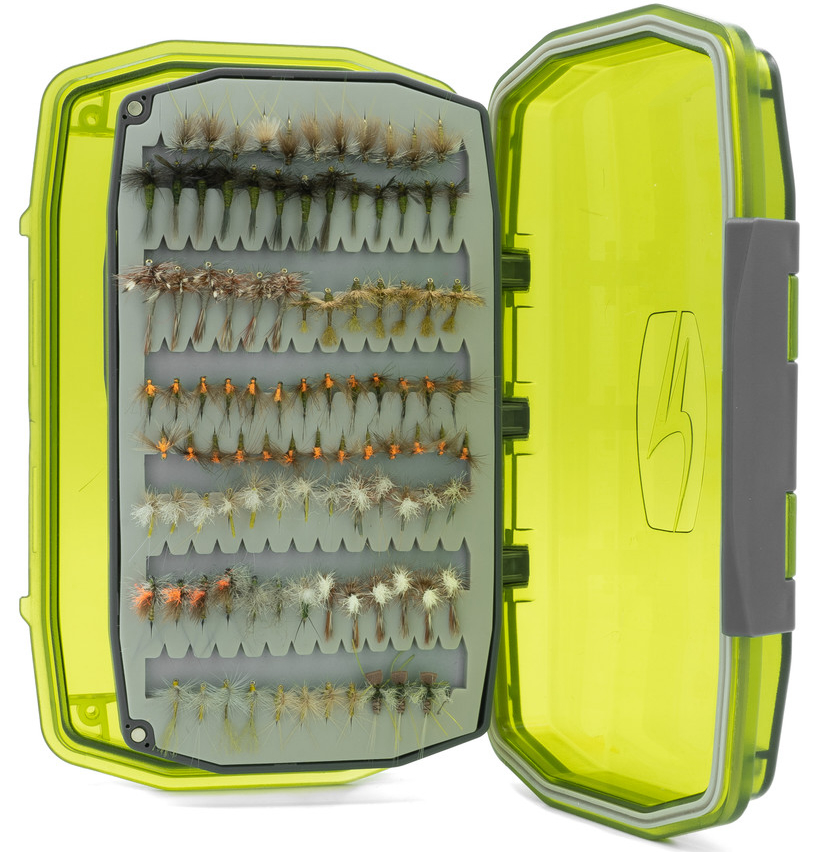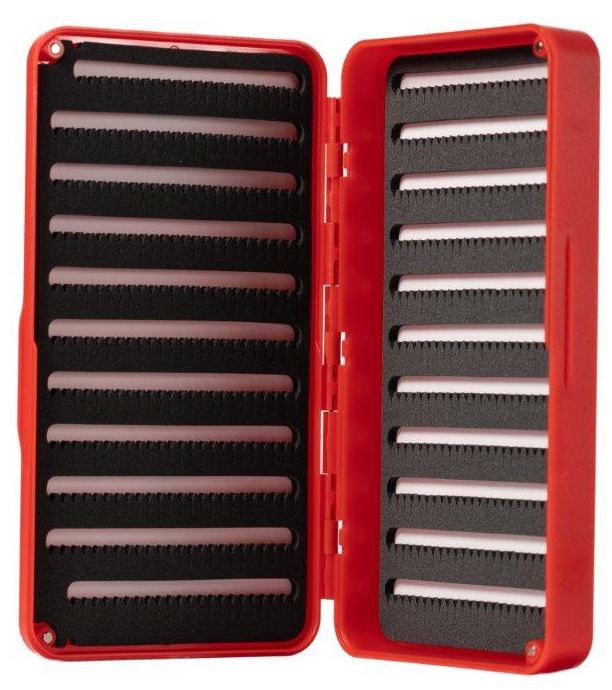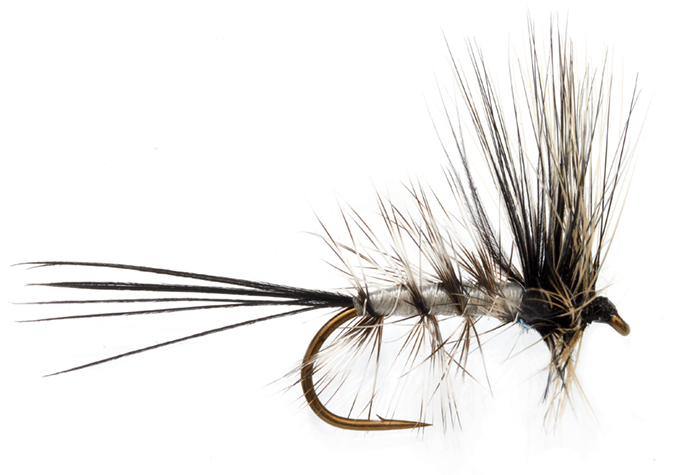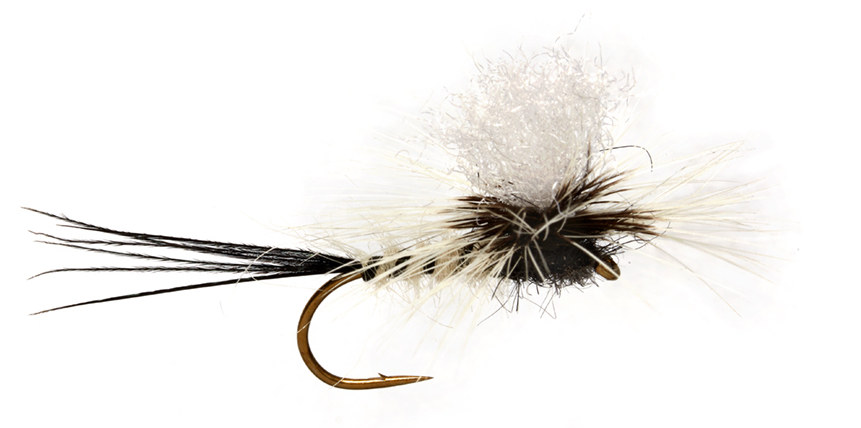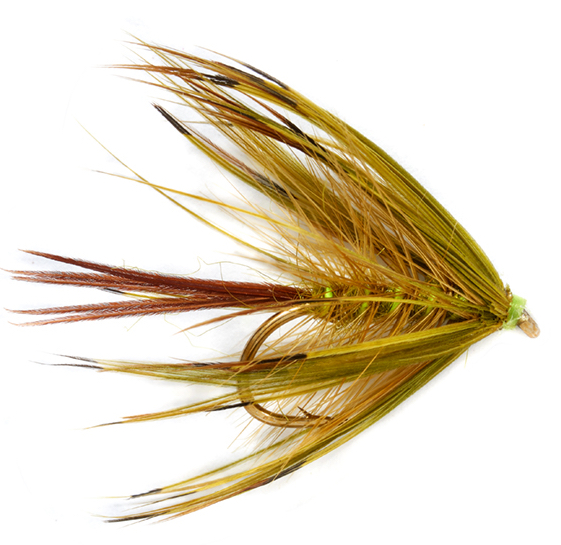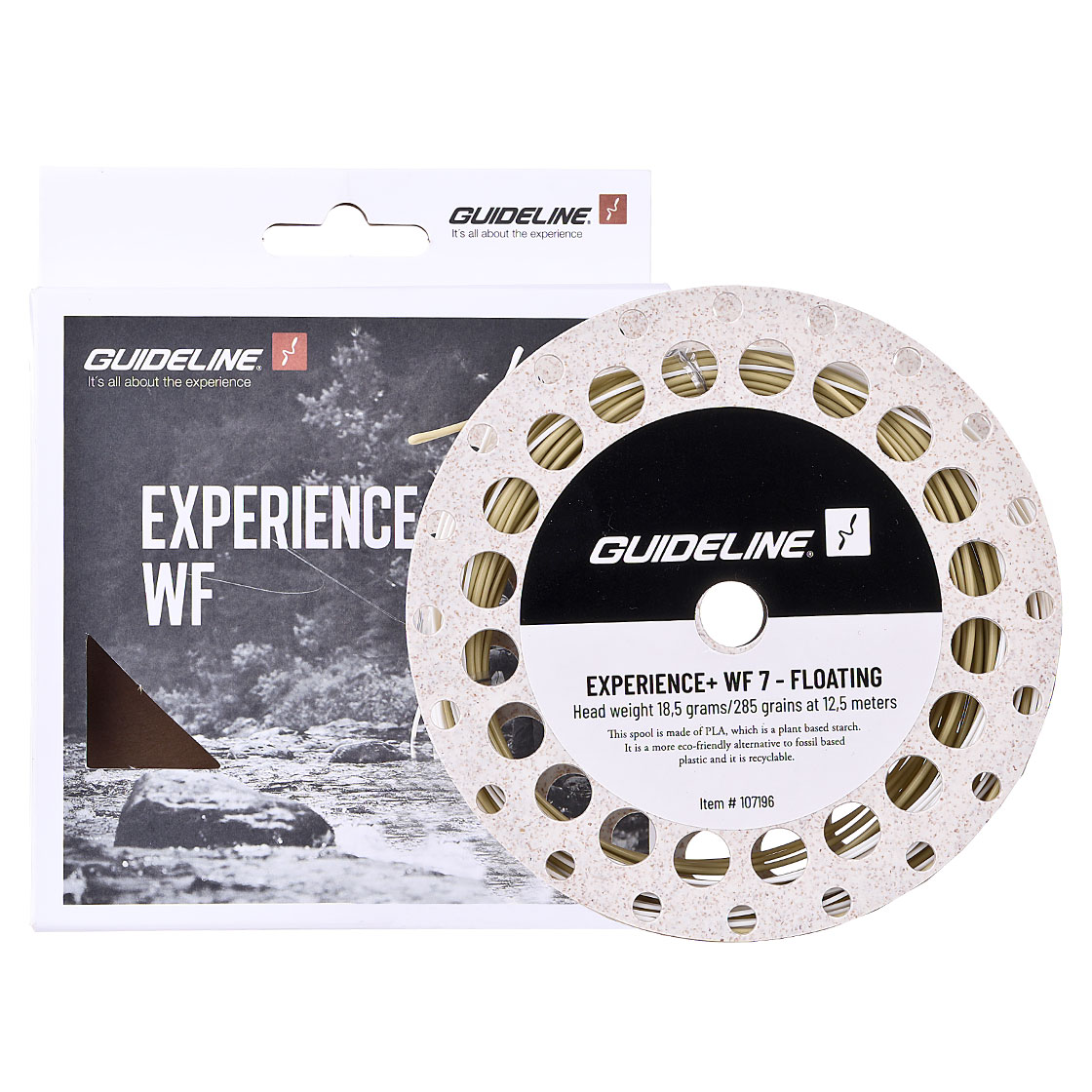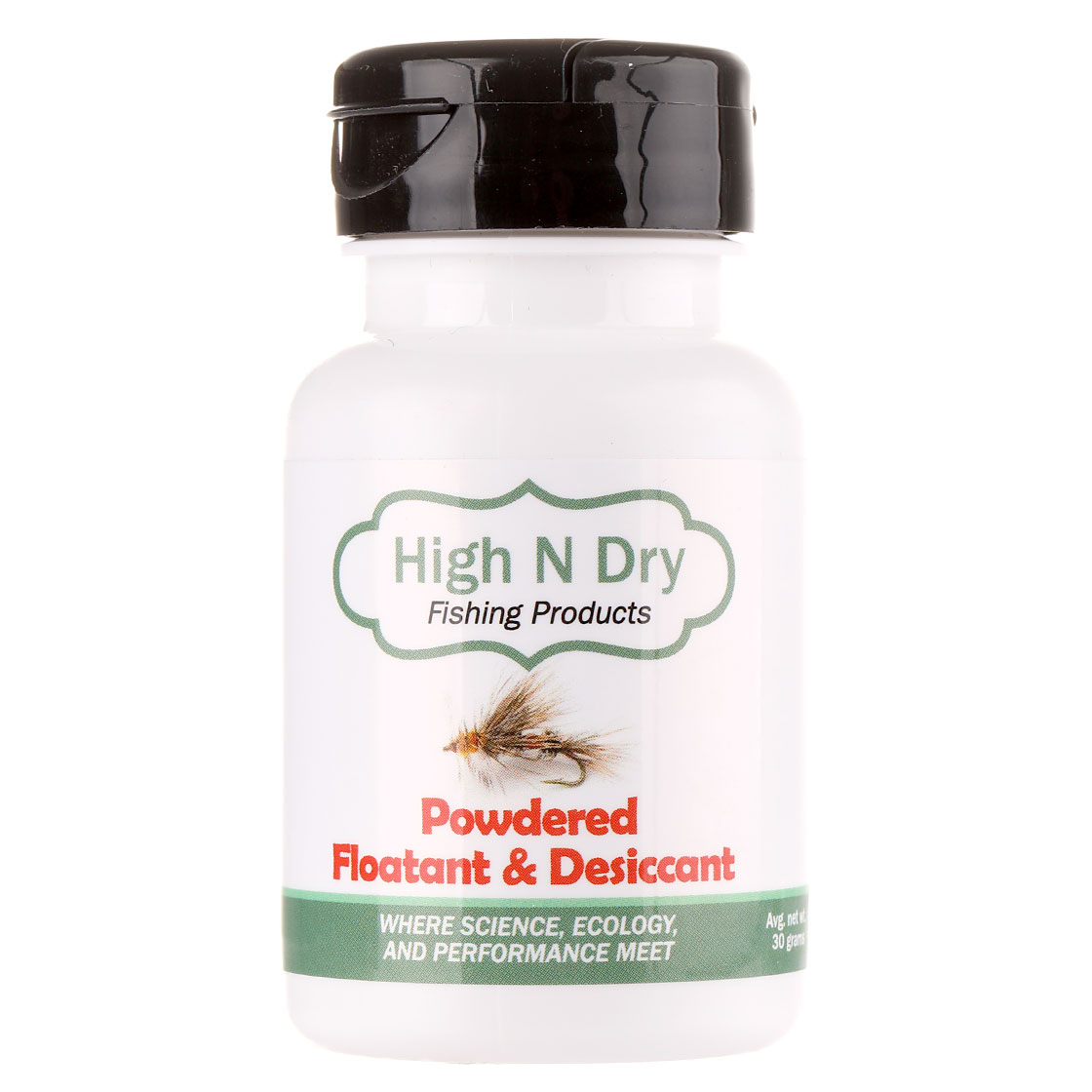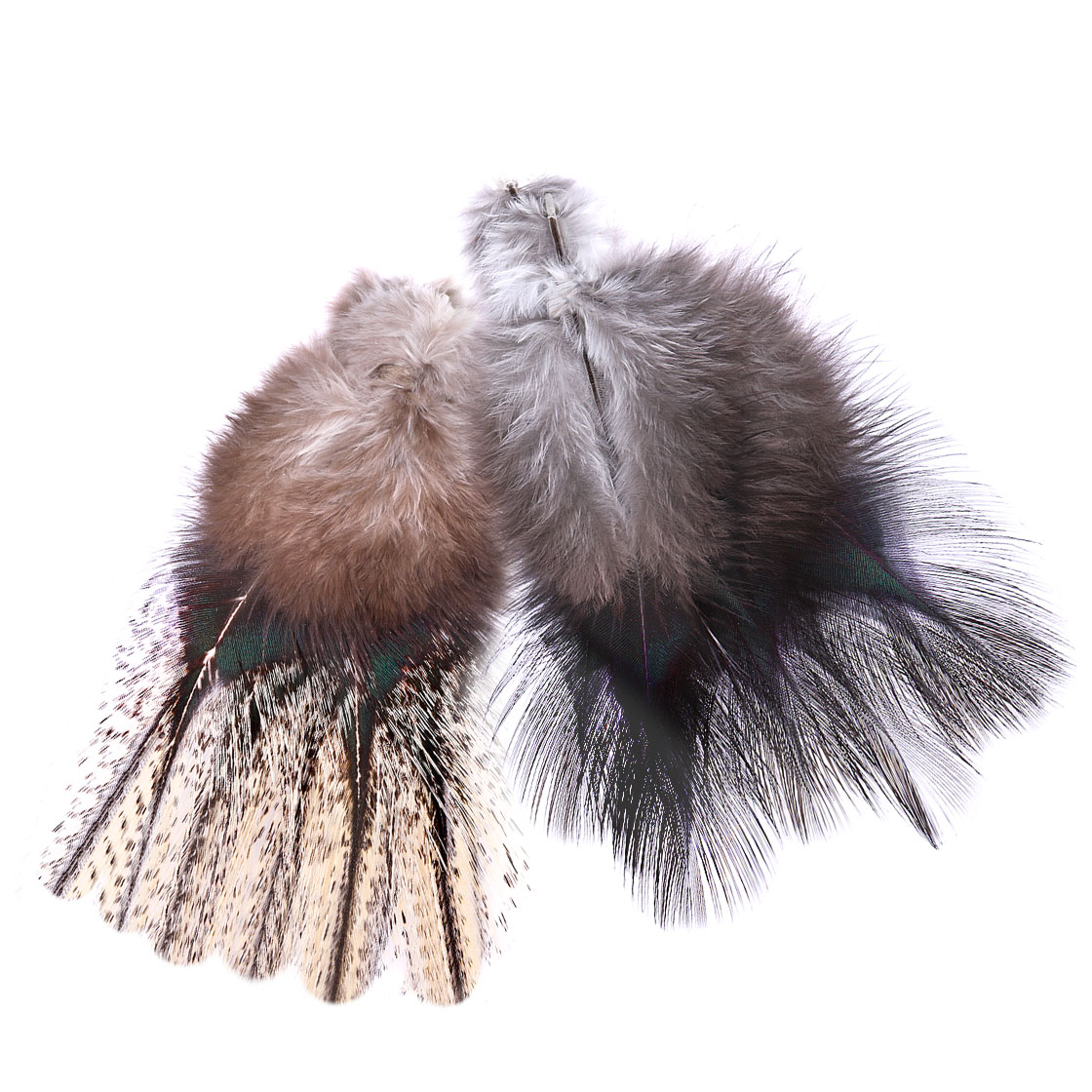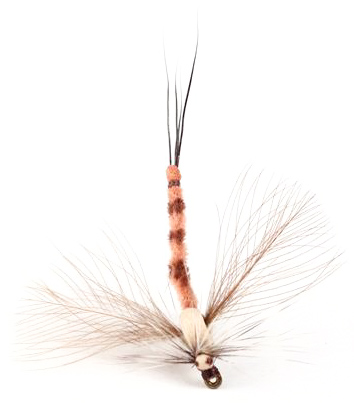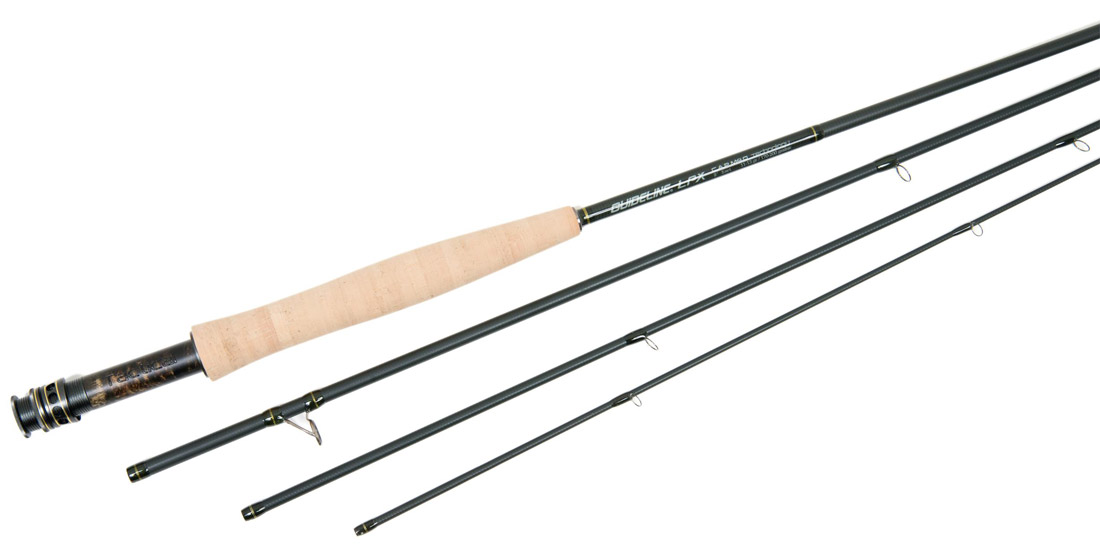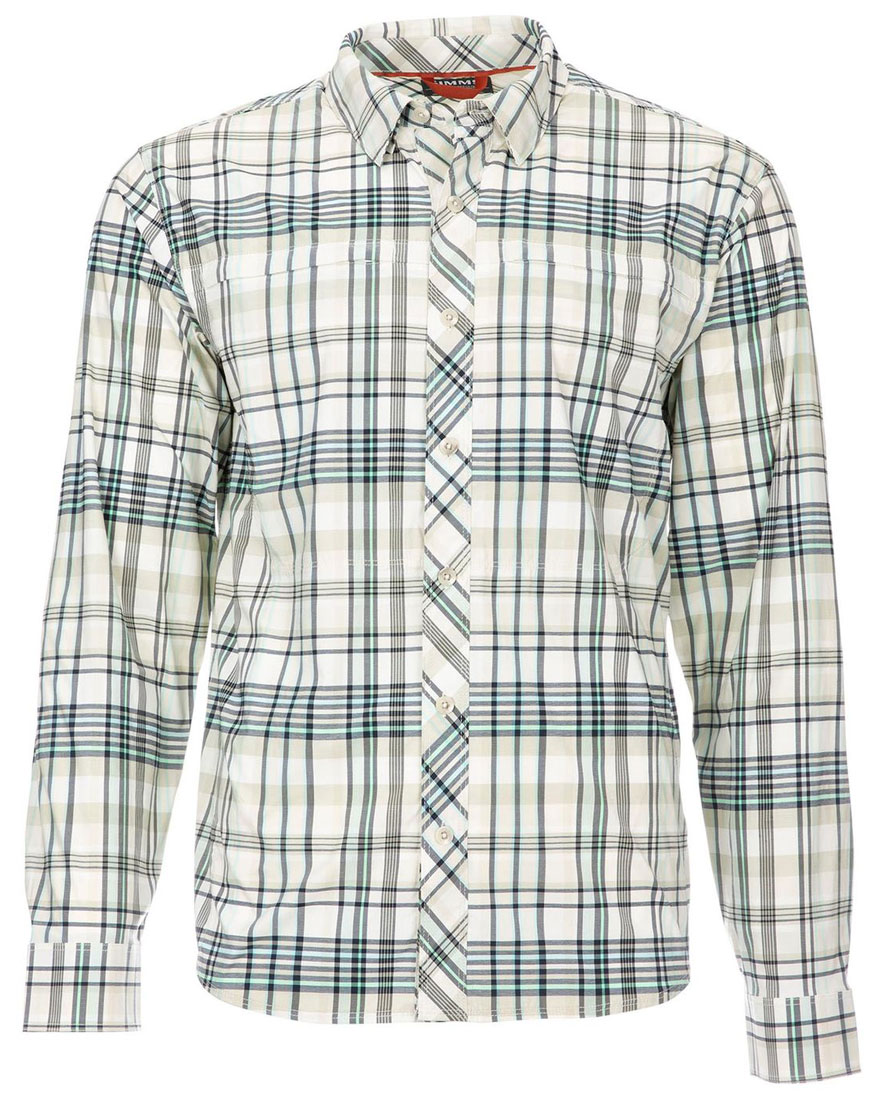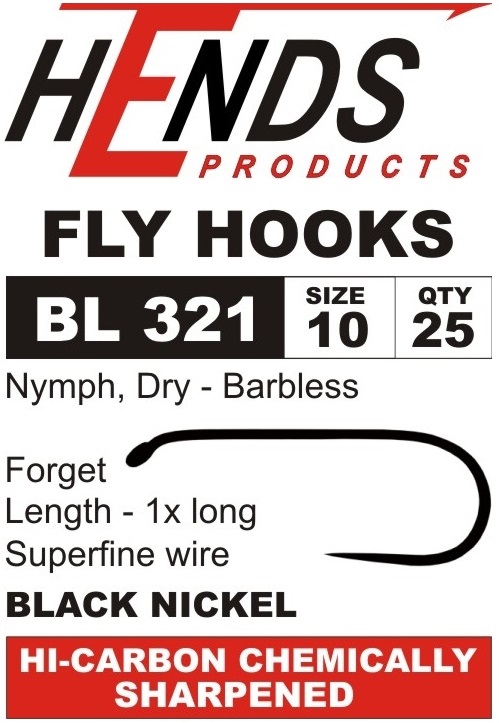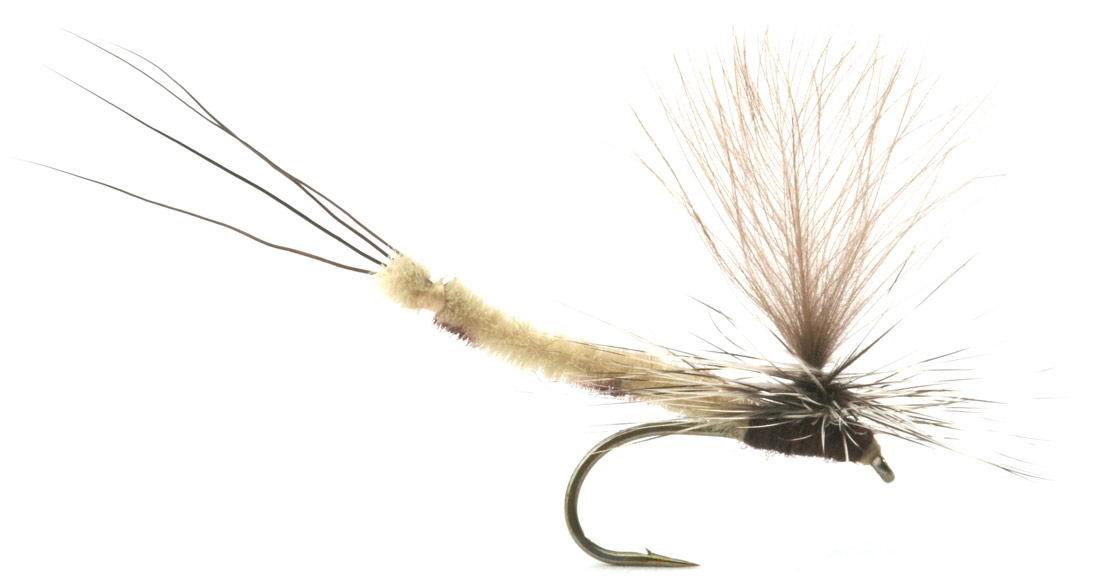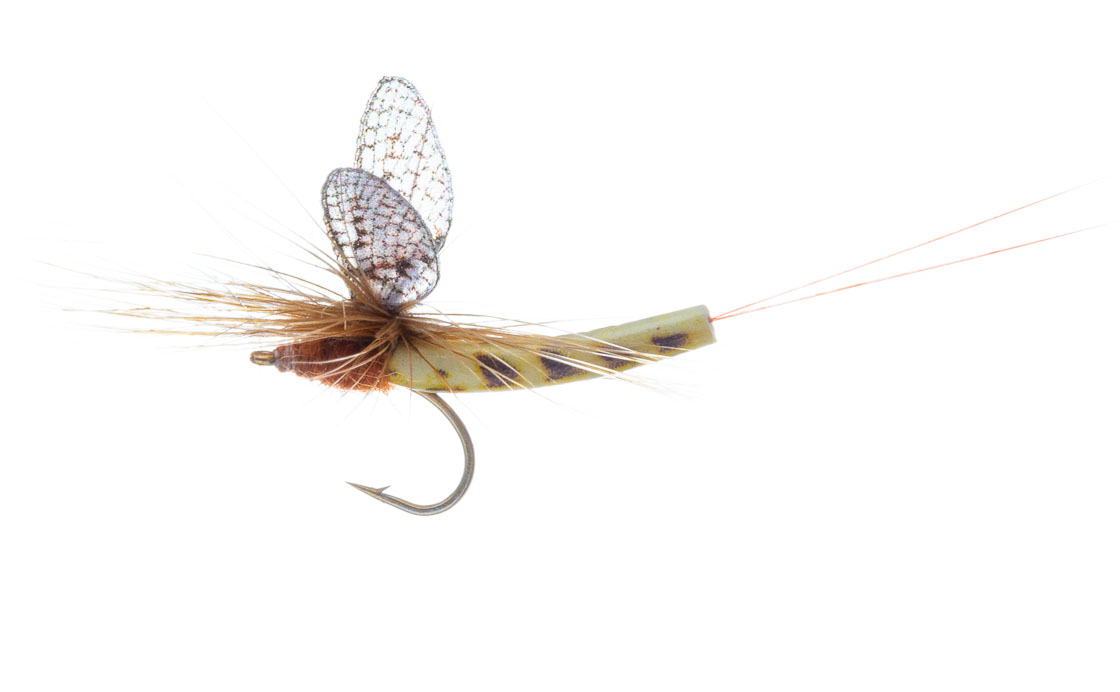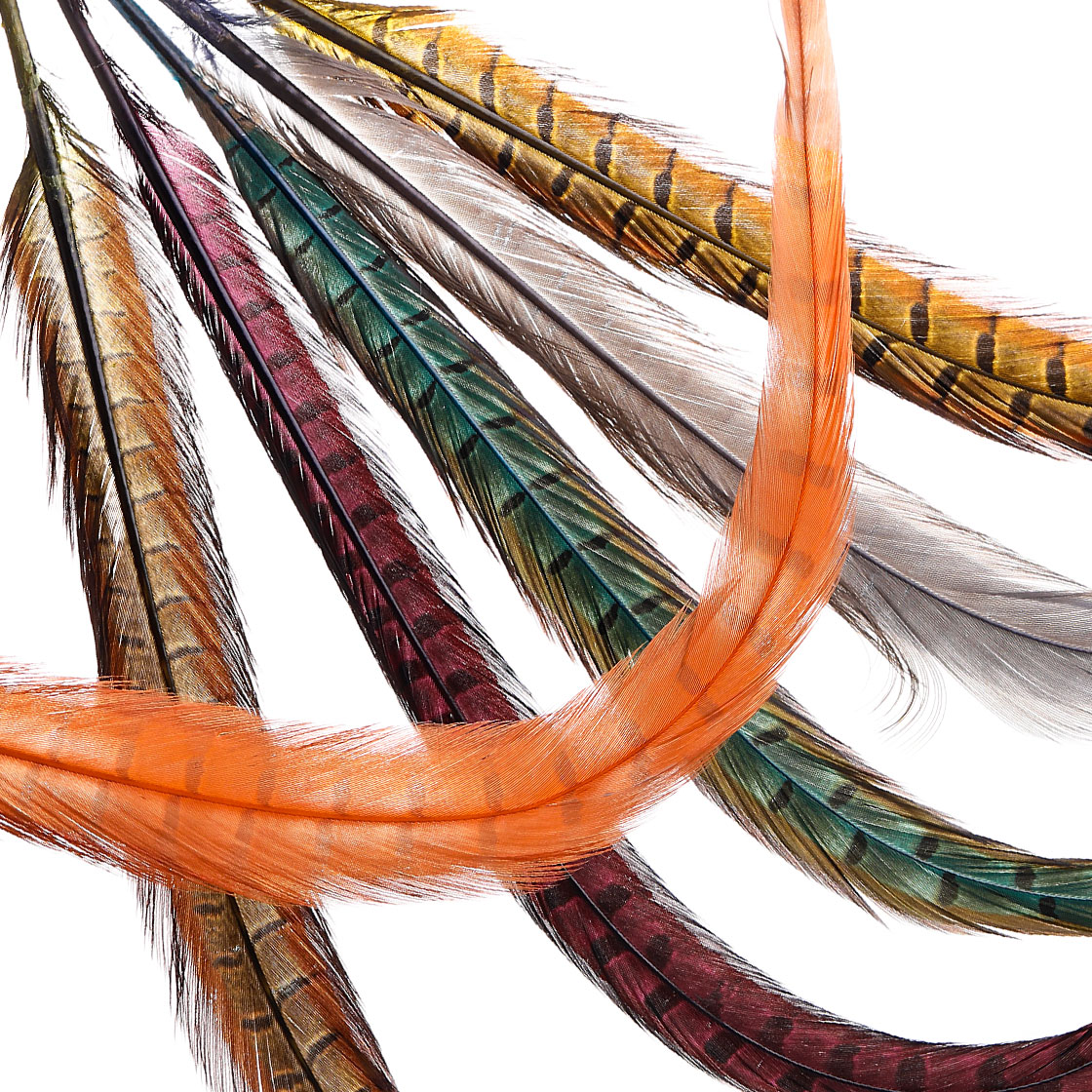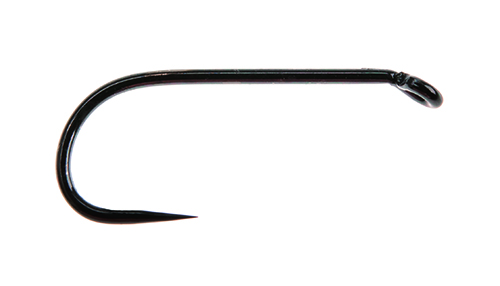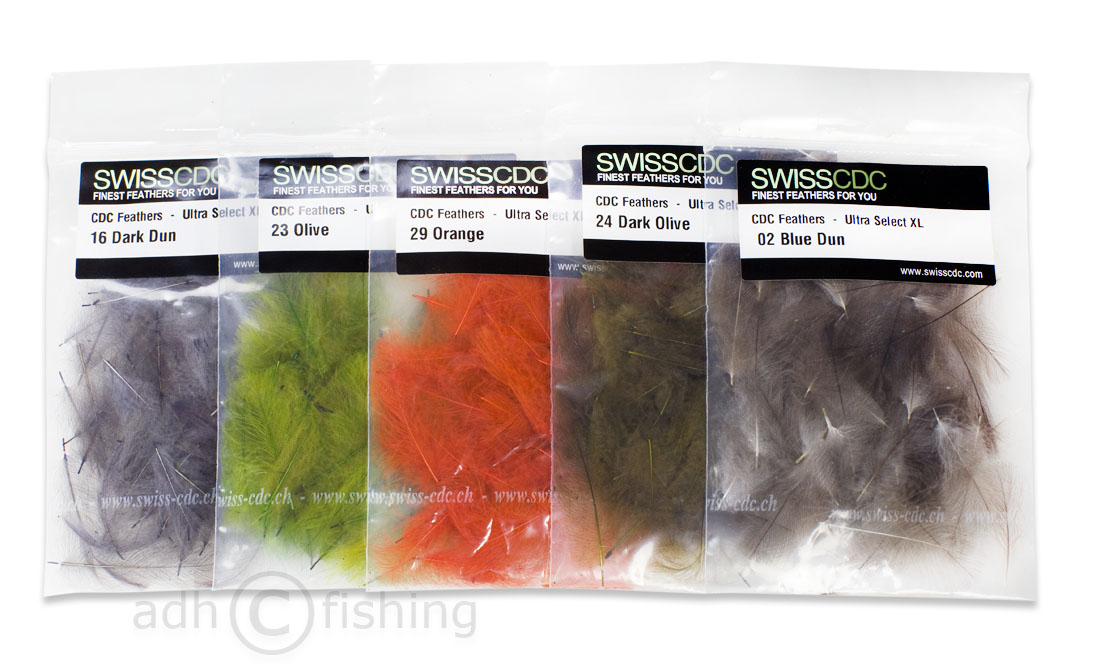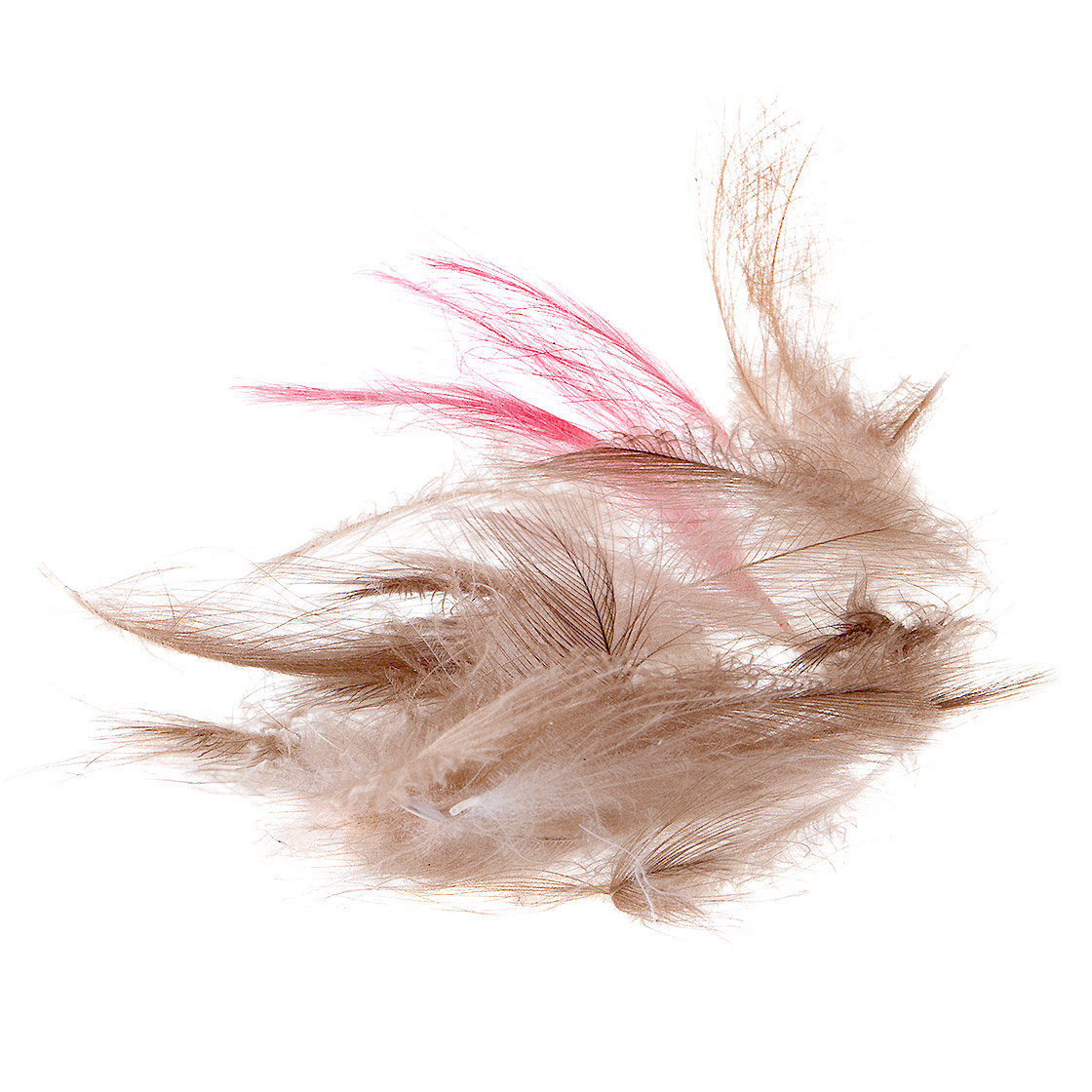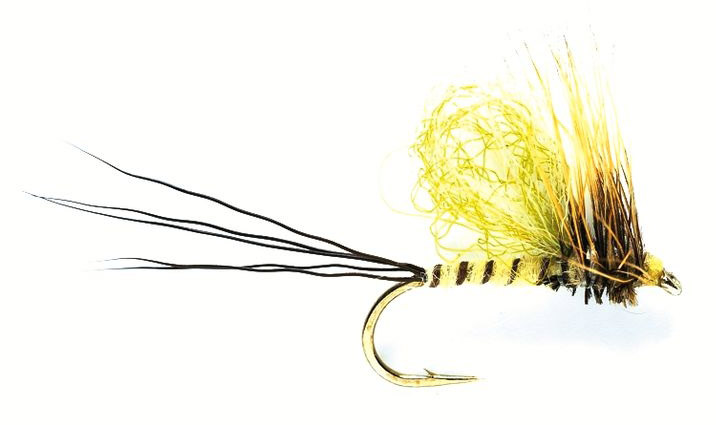Trout Fishing - 5 Tips for the Mayfly Hatch
From mid-May, many fly fishers are attracted to chalk streams and limestone rivers because this is where the most productive hatches of Ephemera Danica can be found. But also on many other streams with soft, fine sediment we can observe the 'wedding' of the Mayfly at this time of year and enjoy great dry fly fishing. In our short tying video we show you a quick and simple mayfly and in this article we have put together our 5 best tips for the mayfly season.
The merry month of May is considered by many fly fishers to be the cream of the trout season. The reason for this is the numerous appearances of the 'Great Mayfly' or 'Danish Mayfly' ('Ephemere Danica') on the water surface and the hope of being able to catch a large brown trout with the dry fly. Rivers like the Wiesent in the Fränkische Schweiz enjoy a legendary reputation for their productive mayfly hatches and are particularly busy at this time of year. But it doesn't necessarily have to be one of the well-known 'chalk streams' to witness the dance of the mayfly. The eye-catching, yellowish, large representatives of the mayfly family can be found in almost all streams and rivers with fine, sandy sediment. Especially in the months of May to September, with the last week in May and the first weeks in June typically representing the peak of the hatch. From a fishing point of view, the later, the harder! While the trout still rise regularly at the beginning of the Mayfly season and are much easier to catch, they become increasingly selective, lazier and often more difficult to fool towards the end. No wonder, because the buffet on the surface of the water is very plentiful and even the biggest craving for the calorie-rich snacks is satisfied at some point.
So our tip no. 1: Start early in the Mayfly season! Use the time when the trout have not yet filled their bellies and are still greedily rising to the surface for exciting hours on the water with the dry fly. The longer you wait, the more difficult it will be.
Ephemere Danica - The large Mayfly
The insect of the year 2021 is easy to identify for the experienced eye of a fly fisher: 'Ephemere Danica' has a long, conical body with three remarkable, filigree tail fibres. The body is yellowish and the rear segments are clearly darker. They have brownish markings, which are only pale in the front part - towards the wing. In this, the large 'mayfly' differs from related representatives of the mayfly family, such as the 'Ephemera vulgata', which occurs in almost all bodies of flowing water and also ranks at the top end of the fario menu in the warm months.
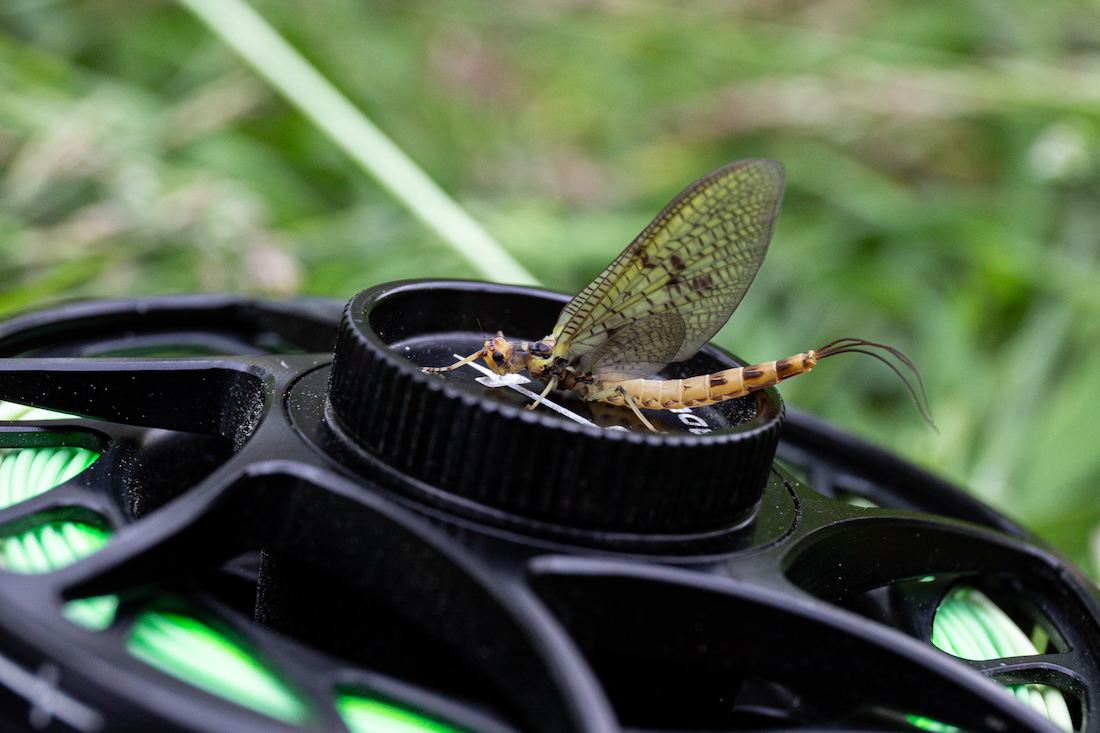
Subimago - Can be recognised by the shorter tail fibres and the cloudy colouration of the wings.
As with many other mayflies, the female of the 'large mayfly' is also a bit larger. The female mayfly measures about 20 - 30 mm, but has a slightly shorter tail than the males of the species. In addition, the males have longer front legs, which are extended forward when sitting. Even in the nymph stage, the yellow-light brown mayfly has a narrow, longish body with three tail strands.
At the tying table there are countless ways of tying a catchy mayfly and various tying techniques are available to create a delicious imitation. When designing the body, for example, you can choose between a more elaborate extended body and the classic method of tying the body directly onto the hook. And when it comes to imitating the wings, you also have a wide variety of materials at your choice - for example, CDC or Mallard feathers, which give a very natural silhouette and can be greased wonderfully. If, on the other hand, you want to imitate a spent spinner, you can use synthetic Antron, which makes it very easy to imitate the transparent wings of the dead insect lying flat on the water.
In our tying video we show you a real Simply Fly, with which you can imitate the adult insect very effectively. With only a few materials and simple tying steps you will get a versatile pattern in a short time, with which you can react to many typical situations during the mayfly season.
So our tip no. 2: Keep it simple! A mayfly does not have to be a work of art. Even with simple tying techniques and few materials you can tie a very beautiful and successful pattern of Ephemera Danica. The motto 'Match The Hatch' will work best in most cases during the Mayfly season, but size and shape are the two key features you should orientate yourself on first.
For our 'Simple Parachute May Fly' you will need the following materials:
- Hook: Traditional dry fly hook with slightly longer shank size #8 to #12 (#10 is a universal size for us).
- Wings: CDC feathers (brown to dark brown)
- Hackle: Whiting Dry Fly Hackle or simulars
- Tail: Pheasant Tail or Coq de Leon or Coq de Leon Substitute (dark brown grizzly shade; as an alternative you can also use three fibres of a pheasant tail feather)
- Body: Fine dubbing of natural materials or of Antron (cream to yellow).
Our 'Simple Parachute May Fly' comes without ribbing. If you want to add a segmentation to the body of your pattern, we recommend using a rough brown tying thread or a thin brown floss, which you twist into a strand and then wrap around the hook shank before tying. This way you can get even closer to the natural model with just one additional tying step - but it doesn't matter for the catching quality.
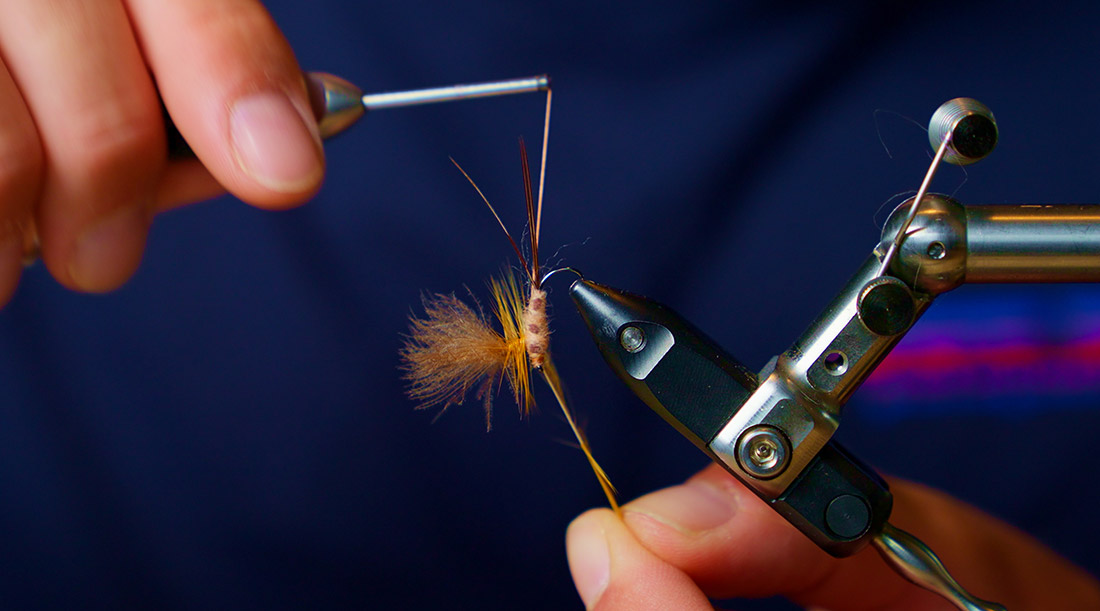
Our 'Simple Parachute May Fly' - quickly and easily tied
Life cycle of a Mayfly
As with the other members of the large mayfly family, the female Emphemera Danica also lays her eggs in the water. To do this, she returns to the water surface after about 2 to 4 days in a graceful flight and dips her rear end into the water several times. Apart from the actual hatching, this process is a very typical moment when trout orientate themselves towards the surface. Immediately after laying its eggs, the large mayfly dies and drops into the water. And even now the trout are active, slurping up the so-called 'spents' that float flat and lifeless on the surface. Some evenings there can be a veritable 'spinner fall' and the river is covered with a carpet of dead insects. A real treat for hungry brown trout, who now take up position like a hoover just below the surface.
After the eggs are laid, the eggs of the mayfly sink to the bottom of the water and it takes about 2 years for the larvae, which prefer sandy and muddy bottoms and clear water, to make their way to the surface. The larvae of the large mayfly also have a cylindrical body, yellow to brownish in colour and about 25 - 30 mm long. The three typical tail fibres are already present here and should not be forgotten when tying a nymph. The subimago hatches from the shell of this larva, which, in contrast to the adult insect, has a shorter tail and cloudy wings. Only after about 1 to 2 days, which they spend in the bank area of the stream or river, do they skin themselves and then fly back to the water, preferring passages with a steady current. The pairing of mayflies, as they cling to each other in flight and sink to the water, is a great spectacle that is one of the many fascinating moments in the short life of this very special mayfly. You should be at the waterside now, especially before and during dusk, if you want to witness the mayfly's wedding dance.
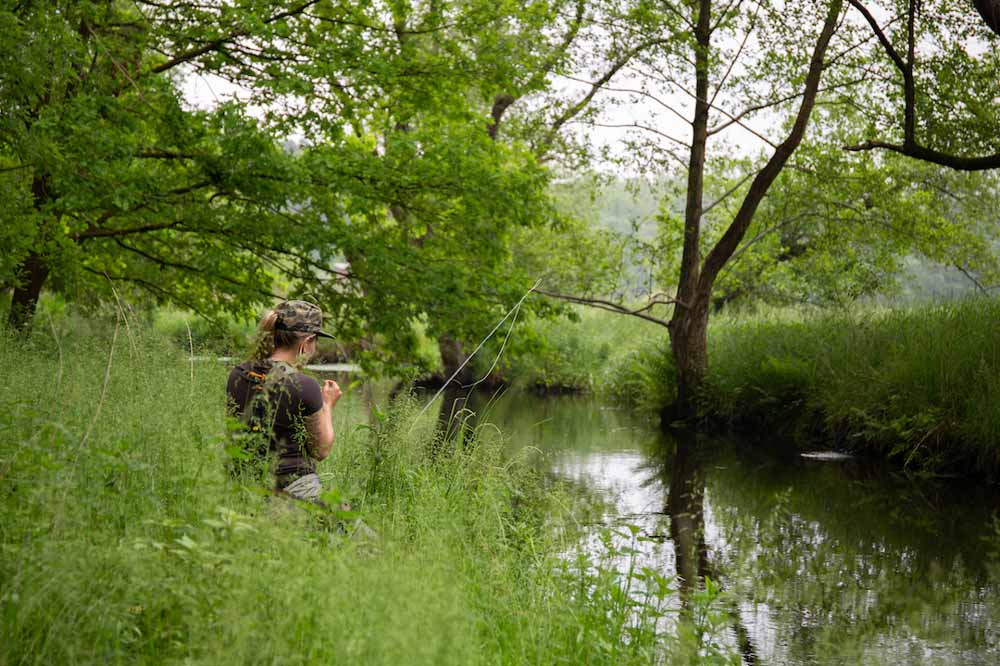
Match the rythm of the trout
So our tip no. 3: Observe the water! As fly fishers we are careful spectators and especially during the Mayfly season it is an advantage if we take our time to understand what is happening just below, on and above the water surface.
We can tell from the behaviour of insects and fish exactly what is going on and choose our fly and presentation much more effectively.
- Are the fish taking food just below the surface? Then it is time for a unweighted or light-weighted nymph or emerger, which imitates the stage between larva and subimago. This stage in particular is often difficult to recognise, because it not often seems as if the fish are rising. In fact, it is the turning just below the water surface that reveals them feeding and leads to the wrong choice of fly and presentation.
- If, on the other hand, many insects are sitting high on the water surface with their wings raised, then a hatching is in full swing. The insects are drying their wings and are absolutely helpless. Bingo! Now the fish take from the surface and we have to grease our pattern especially well so that it does not sink in. Special CDC oil or CDC powder, for example, can be used for this purpose. It does not stick to the fine fibres of the duck feathers and still ensures first-class floating. A good Amadou should also be at hand, because the dry fly always needs to be kept free of water. And if that's not enough, then quickly change the pattern. Those who now have a full fly box are at an advantage! A very focused presentation on individual, rising fish is particularly promising at this stage of the Mayfly cycle. It is important to recognise the rhythm of the trout and to present the fly in a nice drift at the right time over the returning ring on the surface. The rule is: the more insects on the surface, the more accurate the service must be. Because the brown trout don't have to move far to get hold of one of the energy-rich snacks. So: take your time, observe and bring the fly into position at the right time with a reach cast downstream or a normal cast across the stream.
- During the laying of eggs, on the other hand, the fish often react particularly aggressively to the females' landing over and over again on the water. A great way to imitate this behaviour is to combine a large dry fly with a nymph. After a short lift, the dry fly is pulled back to the surface by the weight of the nymph again and again, whereby it is allowed to touch down a little more roughly - because this is quite typical for the flight behaviour of the females during egg laying and a suitable stimulus for large brown trout. This special presentation technique is particularly suitable for fishing at short distances or from an overhanging riverbank. On streams in grassland, which are not so suitable for wading, this is an absolute tip!
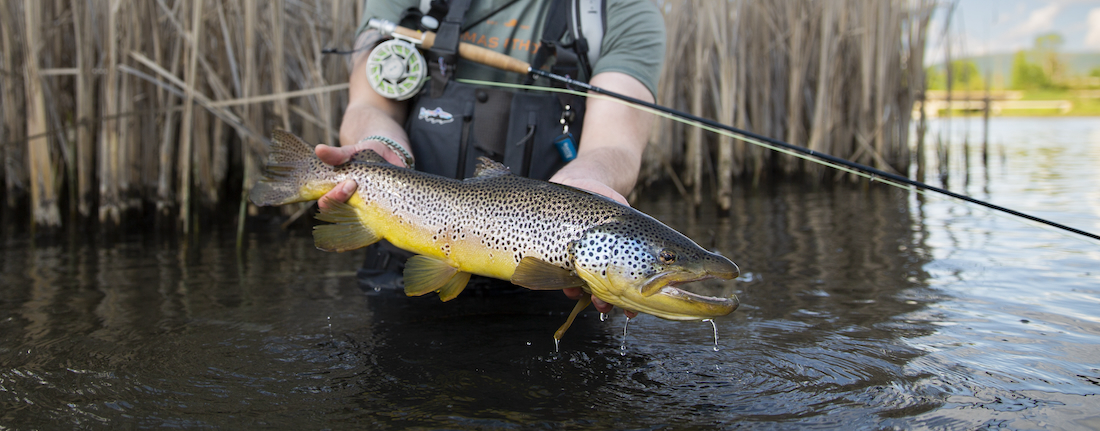
Big snacks and big trouts
With the essential basic knowledge about the life cycle of the mayfly and its influence on the trout's feeding behaviour, we can prepare very well for this exciting time in the fly fishing calendar. However, good preparation does not only include filling the fly box with different patterns, but also putting together the right tackle. There are two important things to keep in mind: Leader and fly line. The leader should not be chosen too thin when fishing with a mayfly pattern. This is not because even very large brown trout move towards the surface during this time and are a danger to our tippet with their weight, but it is mainly due to the size and tying method of our dry flies. A traditional #8 to #12 size dry fly hook, typically used on the tying vice, combined with a large wing (e.g. made of CDC) and long tail feathers - and possibly an extended body - can cause our leader to twist very badly. Large flies and long, thin leaders rarely get along well and an annoying propeller effect can easily result. The effect: the leader tip has to be stretched again and again and is no longer usable after a short time.
So our tip no. 4: Choose a 'normal' leader with a slightly thicker tip! A 'normal' leader here means a tapered nylon leader with a length of 9 ft. A longer leader (12 ft. or even 15 ft.) must only be used in absolutely special cases - should the leader scare the fish too much. Flurorocarbon is not recommended, because the fly has to drift very high in most cases. Exceptions to this are, of course, the presentation of a mayfly nymph or an emerger just below the surface, for which we can also use FC.
Especially when the trout still react very fiercely to our fly, the tippet may be thicker. A leader tip of .16 mm is not untypical for the combination with a large mayfly! To support the high drift of the pattern on the water surface, the leader can be additionally greased, whereby the last 30 to 50 cm of the tippet (i.e. directly in front of the fly) should not be treated to reduce the effect of spooking.
But it is not only the leader that we can consider. We can also make life a little easier for ourselves when choosing a suitable fly line during the Mayfly season. How? With a short tapered line! A big fly has a higher wind resistance and a bushy pattern needs a bit more energy to be transported smoothly through the air. That's why during the mayfly season we like to choose floating lines with a slightly more compact belly - whereas otherwise we are fans of long, smooth tapered lines for dry fly fishing. A flying line with a head of 8 to 11m makes presenting a bushy mayfly with voluminous wings immensely easier and allows you to effectively position your pattern with just a few false casts. In short: Whether wading or shore fishing, a crisp fly line is a must for us during the mayfly season.
Speaking of the banks: Here's our last tip. The right clothing! If we spend a lot of time on the banks of the stream and river, patiently waiting for the mayfly to hatch at dusk or watching a large brown trout rising from our cover in the greens, then we are particularly exposed to ticks - which are especially fond of doing their mischief during this time of year.
So our tip no. 5: Choose the right clothes! For protection against ticks, the Simms Bugstopper series is our first choice. The special Insect Shield® technology that Simms uses for its successful Bugstopper series offers proven effective protection against various insects, including ticks. These garments are becoming increasingly popular for a reason, because they deliver what they promise! However, their effect is not only proven by our personal experience, but also by numerous scientific studies. Unlike conventional insect repellent sprays, this form of protection is odourless and also absolutely harmless. No repeated spraying, no chemical products that attack the coating of our fly line. The Insect Shield® active ingredient is firmly bonded to the fibres of the fabric through a complex process, whereby the insect protection is proven to last for at least 70 washes - this corresponds to the expected life of garments!
The entire Bugstopper series from Simms for protection from ticks, mosquitoes and the like, for untroubled enjoyment of the Mayfly season, can be found in our shop.
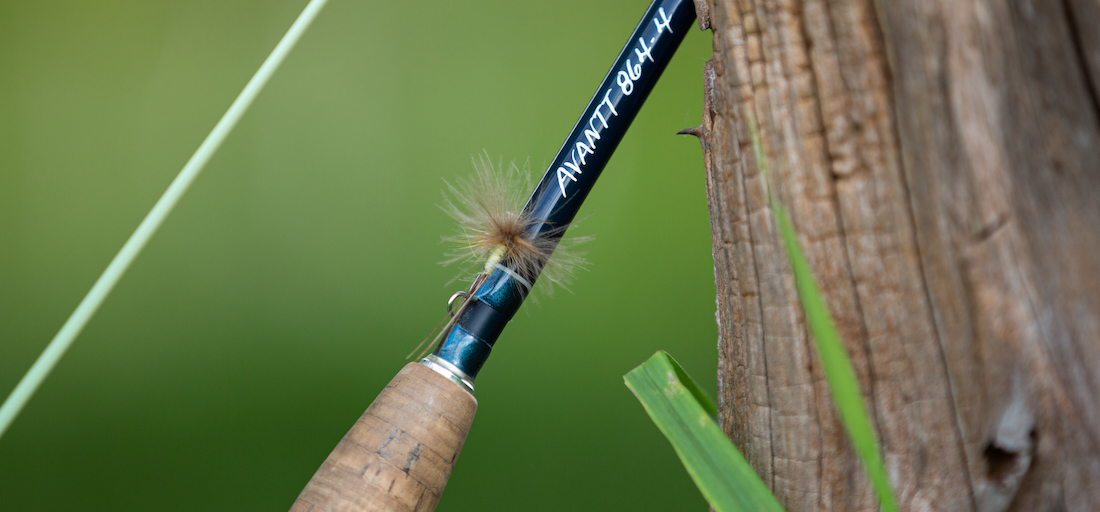
Big Snack - During mayfly season a dry fly can hardly be too big
For a successful Mayfly season on your water, we've put together some of our favourite patterns from our range, the materials for our 'Simple May Fly' and some of our favourite products for fishing the Mayfly for trout. Tight Lines!

